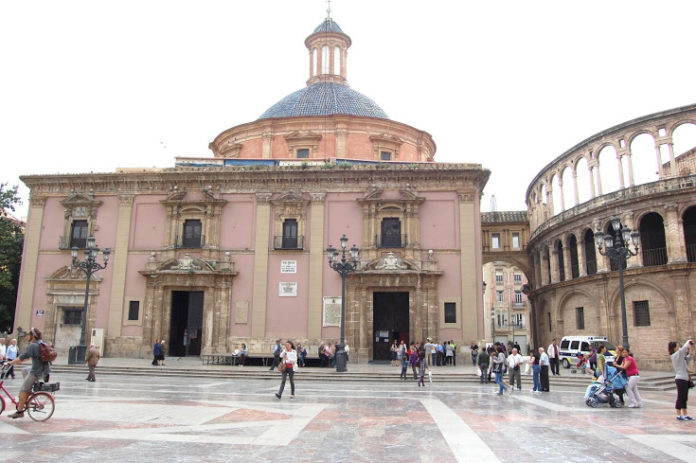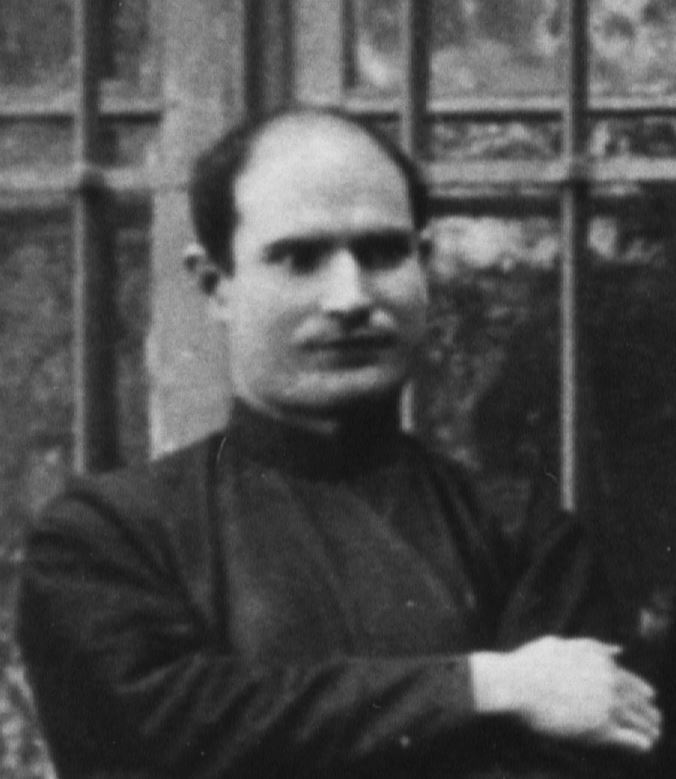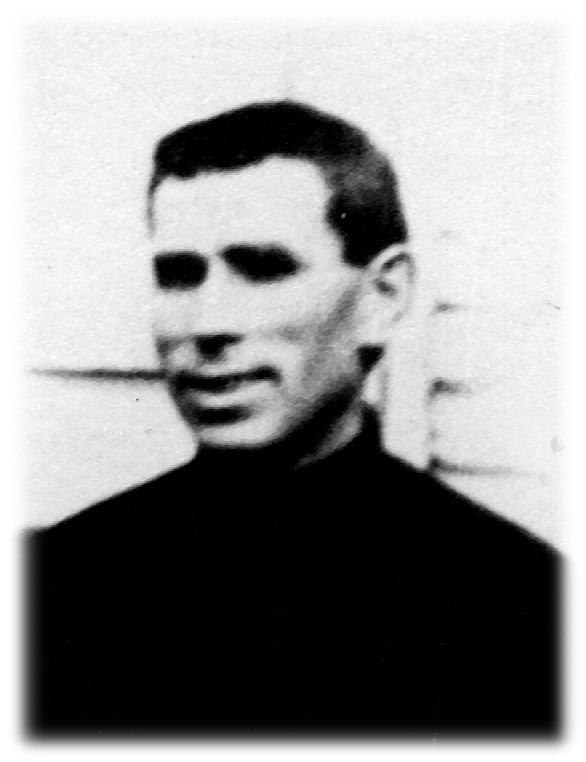January 22, in Valencia, the martyrdom of its young deacon Saint Vincent is celebrated, died in 304 within the city’s walls. On the occasion of this commemoration, the closing session of the diocesan phase of the XX-century martyrs will be held. This diocesan phase aimed to investigate the testimony of 91 martyrs of the 20th century martyred in that diocese during the religious persecution unleashed during the Spanish Civil War. The group of martyrs comprises 66 diocesan priests, 8 religious men and women and 17 lay people. Among the 8 religious are two Redemptorist brothers belonging to that community in Valencia: Celso Alonso Rodríguez and Ángel Vesga Fernández.
In 2002, the Postulator General, Fr. Antonio Marrazzo, requested the opening of the cause. The Archdiocese of Valencia asked the Congregation to include them in the diocesan process of the bigger group of priests, lay people and religious. The Congregation granted the request, and the case was opened in 2004 with 250 possible martyrs. Due to the complexity of the cause, the group was divided. Thus, these 91 martyrs were selected, and today their phase of examination and collection of evidence in the diocese is concluded. From this moment on, it will continue in the Vatican Congregation.
The Redemptorists arrived in Valencia in 1917 and settled in the Temple church. Their main task was to preach throughout the easter part of Spain. When the military uprising started in July 1936, violent religious persecution was unleashed, and Valencia was not spared. The religious community was dispersed on July 20 1936. Each of the Redemptorists lived their own odyssey: 2 elderly died as a result of the situation, 2 were martyred, 3 were imprisoned, and the remaining 3 struggled to survive in this turbulent period. Although the Redemptorist community moved to a more peripheral area at a later time, it continues to remember these two martyred confreres.
Brother Celso Alonso Rodríguez
He was born in Rioseras (Burgos) on July 28 1896. From a simple, humble, but deeply religious family; brother of the Redemptorist Fr. Ángel Alonso Rodríguez (1893-1969). In 1913, at the age of 17, he entered as a postulant for Redemptorist brother in El Espino (Burgos); he made his temporary profession on Christmas Day 1920 and his perpetual profession on March 25 1924. He lived his life in the communities of Madrid (Perpetuo Socorro and San Miguel), El Espino (Burgos), Astorga (León), La Coruña, Carmona (Seville) and Granada. From Granada, he was assigned to Valencia, towards the end of 1935, to look after the elderly Fr. Antonio Mariscal. He worked mainly as a sacristan and nurse. In everything, he was loved for his simplicity, cordiality, cheerfulness and dedication, but more than anything else for his self-sacrifice in his work as a nurse.
When the religious persecution broke out, he was looking after Fr. Mariscal in the Asilo de las Hermanitas de Los Ancianos Desamparados; when the older man died on August 26 1936, he remained as a nurse in the Asilo, together with another Jesuit Brother, Blessed José Tarrats, in the same situation as him. They were arrested on September 28 1936, and taken in a car to the Chezka in the Plaza del Horno de San Nicolás after being denounced by an older man. From there, they were taken to the outskirts of Valencia and, letting them escape; they ran while being shot at, shouting: Viva Cristo Rey (Long live Christ the King). His body was found on October 1 on the right bank of the old Turia riverbed, in the so-called Azud de Oro, in the area of the present Redemptorist parish in the city.
Brother Ángel Vesga Fernández
Brother Ángel Vesga was born in Herramelluri (La Rioja) on 1 October 1886. He came from a very pious family, especially his mother, who was a model of piety. He entered as a postulant in 1902 at El Espino (Burgos), where he took the religious habit on December 25 1903. During the novitiate, he was trained in the three trades he was to perform in his life: shoemaker, carpenter and bricklayer. He was professed on October 16 1910. His life was spent in all the Spanish communities where there was work to be done: El Espino (Burgos), Astorga (León), Madrid, Cuenca (San Pablo), Nava del Rey (Valladolid), Barcelona and finally Valencia. Br Angel was a very hard worker; he worked in various trades, as he was skilled in everything: he could be seen as a shoemaker or a bricklayer, although his speciality was the carpenter’s trade. He had a strong temperament, and on occasion, had a few clashes with his confreres, but he tried to overcome his character and seek the holiness to which his vocation urged him.
When the religious persecution broke out and he left the community, he took refuge in various friends’ houses; in August 1936, he was hidden in the guardhouse of an official building where a lady who was very close to the Redemptorists was the doorkeeper. He was given a false identity to pass as the lady’s uncle. But on September 30 1936, he was discovered by the militiamen, who took him out of the house and took him away, and he was never heard of again until his body was found in a reed bed. Fr. Vicente Arroyo saw him pass through a patrol of armed militiamen. His body was found the following October 4, together with that of a young diocesan priest from Valencia, D. Andrés Vilagrassa, in a reed bed behind the Aragón Station, next to the Acequia de Mestalla and the Camino de Algirós.
Fr. Antonio Manuel Quesada Montoro, CSsR.









